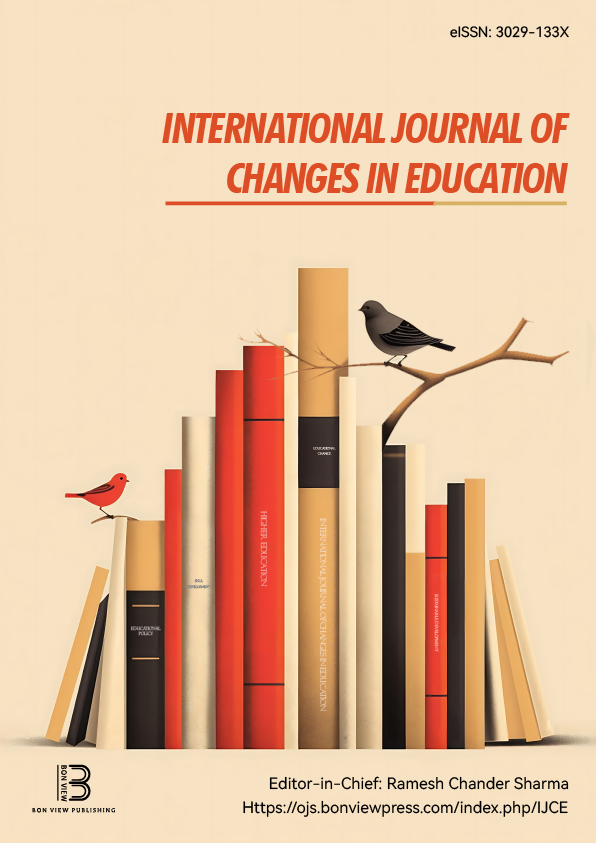‘Eye-training’ – Cultivating Visual Awareness through Analogue Drawing to Support the Future of Spatial Design and Architectural Education in a Digital Age
Judit Pusztaszeri, University of Brighton (United Kingdom)
Peter Marsh, University of Brighton (United Kingdom)
Abstract
In an era where digital tools dominate creative and educational practices, the foundational skill of exercising hand-eye co-ordination through drawing remains an essential yet undervalued aspect of spatial design and visual education that has been increasingly sidelined in the curriculum. Analogue drawing trains the mind’s eye to perceive relationships, proportions, and subtleties that enhance critical thinking and design sensitivity. Through evidence-based strategies and case studies, this paper argues for the reintegration of drawing practices into educational curricula outlining workshops currently used with first year spatial design students. The transformative potential of drawing as a pedagogical tool should not be considered as a regressive step, but a necessary and complimentary one to teaching CAD in HE. Serving as a bridge between traditional craft skills and future-focused digital methodologies, eye-training workshops foster a deeper understanding of spatial and environmental contexts. By engaging directly with haptic and observational skills, analogue drawing offers unique opportunities for students to develop a more nuanced perception of the world (Moreira da Silva 2022), sharpening analytical thinking, and build confidence as independent learners, qualities increasingly relevant in addressing contemporary educational challenges, and enhancing students' capacity to adapt to complex, real-world problems (Bowen 2023).
|
Keywords |
Eye-training; analogue drawing; CAD; Spatial Design, Pedagogical strategies. |
|
REFERENCES |
[1] Bowen, T. (2023). Drawing as thinking through: students’ use of collaborative drawing to examine ‘problemical’ situations. Higher Education Research & Development, 43(5), 1055–1073. [2] Moreira da Silva, A. (2022). Drawing as a strategy on design education. Perspectives on Design II: Research, Education and Practice, 105-115. |
 The Future of Education
The Future of Education





























